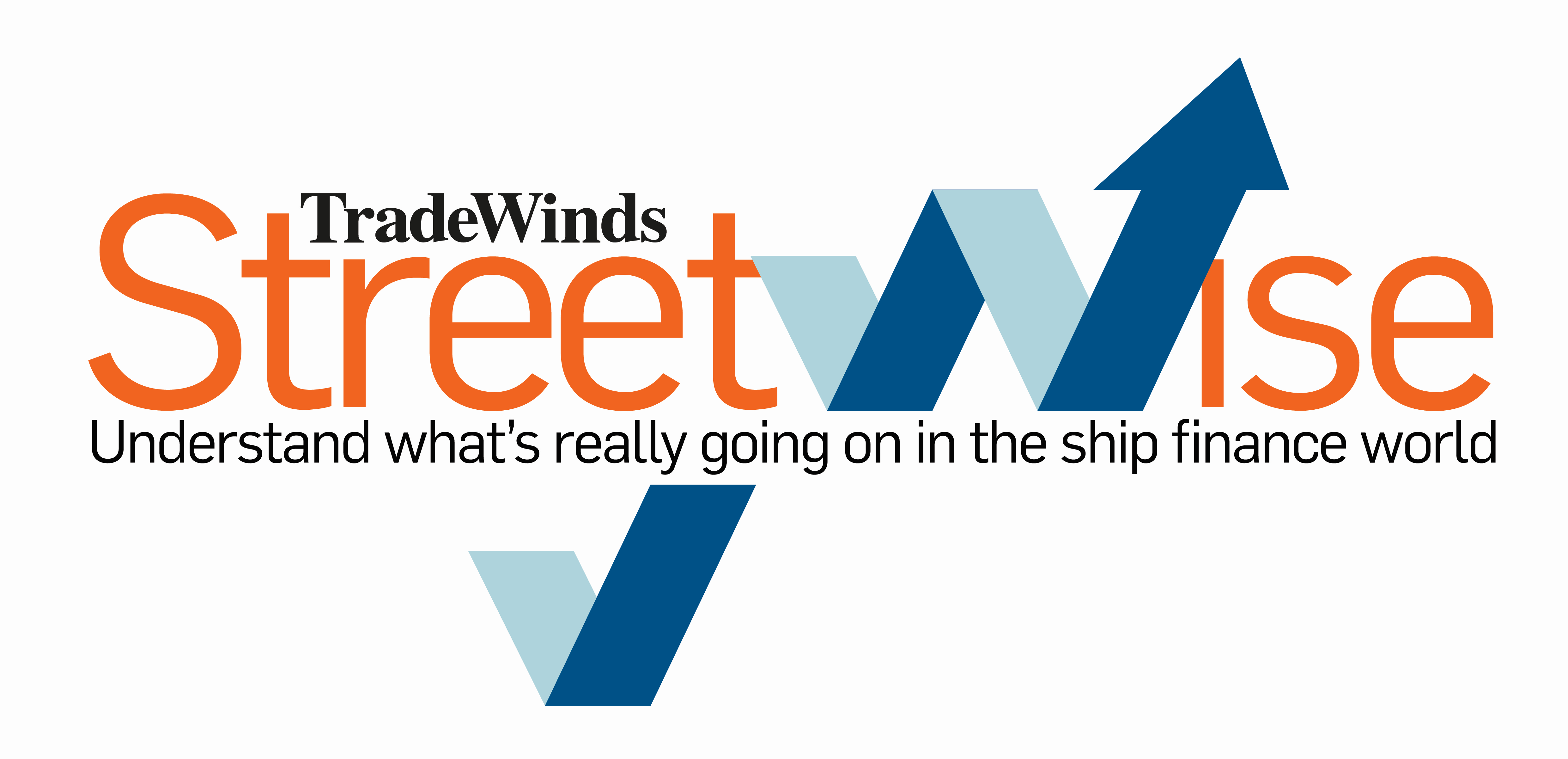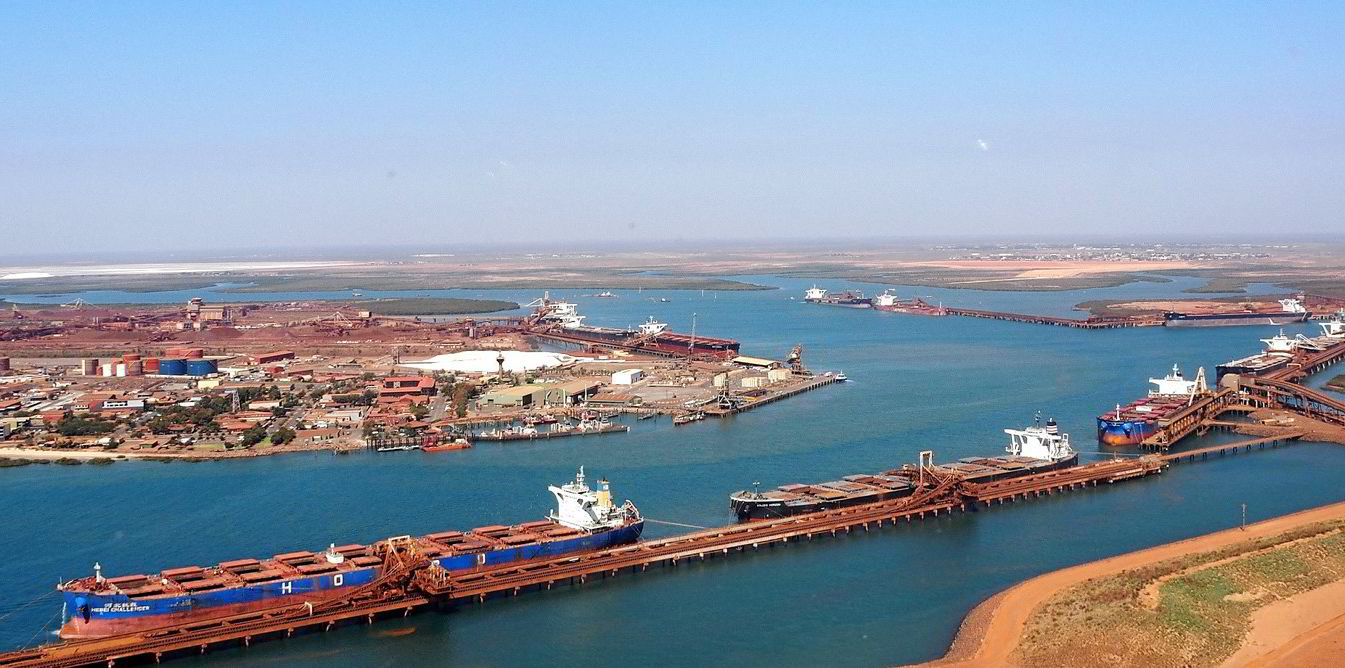The Baltic Exchange’s estimate of VLCC spot earnings sank on Tuesday to its lowest level on record — again.
But the record for the exchange’s VLCC time charter equivalent assessment comes amid higher estimates elsewhere and a gaping spread between high and low-sulphur fuel, meaning vessels with scrubbers are doing much better.
On Tuesday, TCE rates plunged 14.5% to -$34,845 per day, the lowest level since the start of available data in February 2008.
Other market indicators pointed to rates that were somewhat higher, particularly for scrubber-fitted tonnage, although spot earnings in the sector are still painfully low.
The depth of the VLCC rate plunge on the Baltic Exchange could add fuel to questions about the Baltic assessment.
Howe Robinson Partners, a London shipbroker, estimated on Tuesday that non-eco, non-scrubber-fitted VLCCs could fetch TCE rates of -$15,927 per day, on average. That is better than the -$16,255 per day rate on Monday.
An eco VLCC would still make loss-making rates, fetching -$5,153 per day on the benchmark Middle East to China route on Tuesday, down from -$1,785 per day on Monday.
Despite those loss-making estimates, two scrubber-fitted ships found fixtures at rates that kept them above the red.
Oil company PTT chartered the BP-operated 302,000-dwt Aphrodite (built 2020) on Tuesday for a trip from West Africa to Thailand at WorldScale 45, which equates to a TCE of $8,500 per day, according to Tankers International.
That is lower than the last-done fixture on the route in April, when a VLCC was fixed at WS 60.
Frontline’s 298,000-dwt Front Kathrine (built 2009), which also has a scrubber, fetched WS 43.5 from Taiwanese oil company CPC for a journey from the Middle East.
The rate, which is an improvement from the last-done rate of WS 41.5 on Friday, will amount to a TCE rate of $8,526 per day, according to Tankers International.
“A few charterers testing the market today achieved last-done rates today both in Middle East Gulf and West Africa as the market this week has lacked volume,” Howe Robinson said in a daily note. “The rates are likely to gradually edge up as a direct consequence of the firming bunker prices.”
Clarksons Platou Securities, the investment banking arm of shipbroker Clarksons, estimated eco VLCC earnings at $4,100 per day on Tuesday. But a similar vessel with a scrubber, which can use cheaper heavy fuel oil, could fetch $17,400 per day.
For non-eco tonnage, the firm estimated the scrubber premium at $18,000 per day.

Clarksons Platou sees positive news in the European Union’s decision to ban seaborne crude from Russia.
“Alternative supplies into the EU will have to travel longer distances, which is a positive,” it said.
“Even more important for utilisation is whether Russia is able to export its oil to alternative destinations such as China.”
Some shipping researchers have raised questions about the Baltic’s TCE index for VLCCs, arguing that it paints a grimmer picture than vessels’ actual performance.
“Evidently the majority of the VLCCs trading on the spot market are capable of generating higher returns than the benchmark Baltic Exchange VLCC description,” Gibson Shipbrokers said in May.




